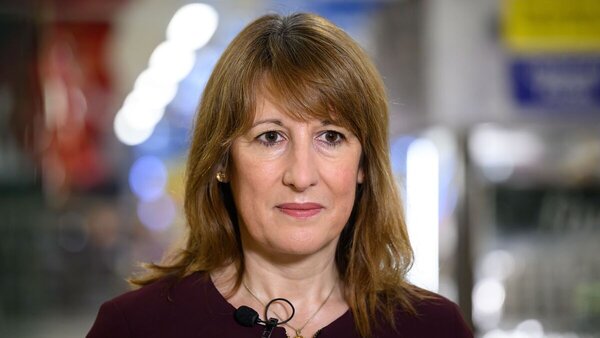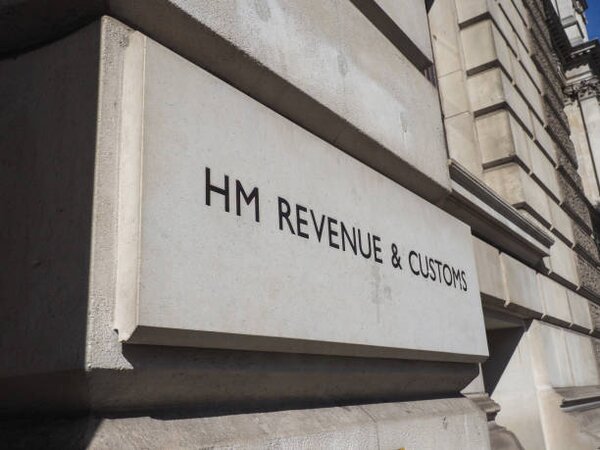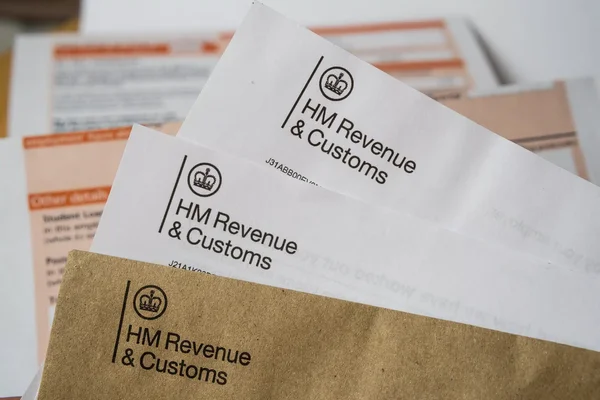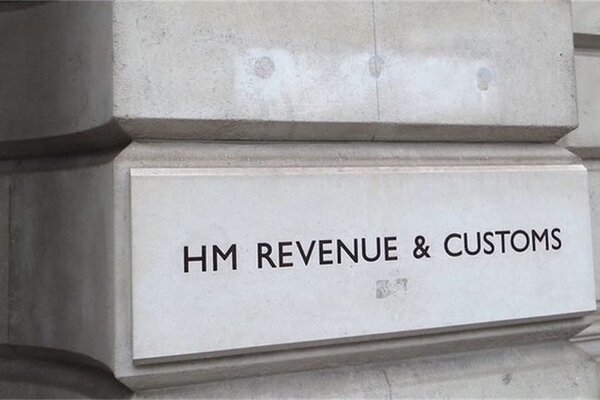Introduction to Maternity Allowance

Claiming Maternity Allowance as a sole trader or company director in the UK can seem daunting, but it is a vital benefit designed to support self-employed individuals during their maternity leave. It ensures you receive financial support even when you do not qualify for Statutory Maternity Pay. In this guide, we will walk you through the process of claiming Maternity Allowance, the eligibility criteria, and how to facilitate this process.
Maternity Allowance is a government-funded benefit for those who are self-employed or have irregular employment patterns. This benefit aims to provide financial stability during your maternity period, allowing you to focus on what matters most: welcoming your new family member. By utilising available resources, you can streamline your claims process, ensuring that all required documentation is correctly submitted and tracked.
Eligibility Criteria
To claim Maternity Allowance, you must meet specific criteria set out by the government. These include being self-employed or a company director, having been working for at least 26 weeks in the 66 weeks before your baby's due date, and earning at least £30 per week.


Required Documentation
Gathering all necessary documentation is crucial. You will need proof of your income, such as bank statements and invoices, and your MATB1 certificate from your midwife.

You must have earned at least £30 per week for at least 13 of the 66 weeks before your due date to qualify for Maternity Allowance.Minimum Earnings

You need to have been employed or self-employed for at least 26 weeks out of the 66 weeks leading to your due date.Minimum Work Period
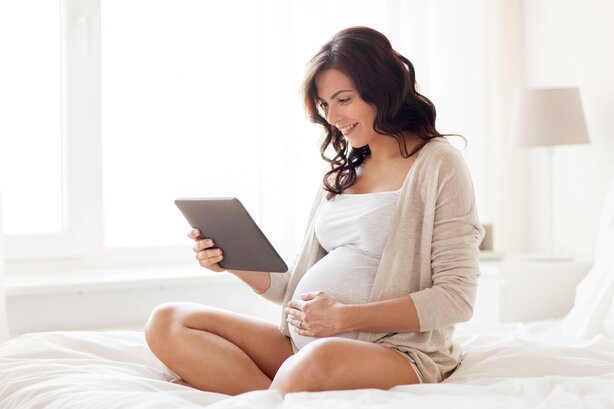
Application Process
Applying for Maternity Allowance involves filling out the MA1 claim form available on the gov.uk website. Once completed, submit it to the Jobcentre Plus along with all required documentation. The process typically takes around 2 weeks for your claim to be processed, but utilising available resources can help expedite this process.
In addition to the MA1 form, you must provide evidence of your earnings over the qualifying period. This may include bank statements, invoices, or tax returns. Ensure all documents are in order to avoid delays. Expert advisors can assist in verifying and organising your paperwork to ensure your application is accurate and submitted promptly.
Post-Application Steps
Once you have submitted your application, the Jobcentre Plus will review your claim and contact you for further information if required. You will receive a decision letter outlining your benefit amount, payment start date, and duration.
If your claim is approved, payments will be made directly into your bank account every 2 weeks or monthly. It is essential to monitor any correspondence from the Jobcentre Plus to address any queries promptly. Should you encounter any issues with your application or payments, expert advisors are available to provide guidance and support.
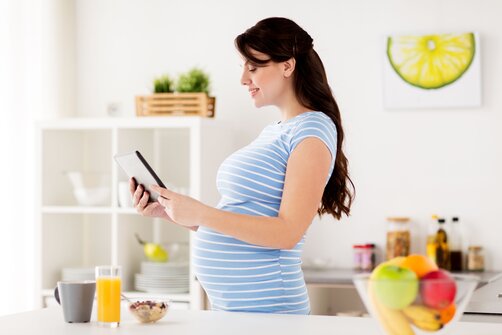
Helpful Tips in Claiming Maternity Allowance

Keep all your documents and forms neatly organised to make the application process smoother.Stay Organised

Begin gathering your paperwork and filling out forms as soon as you know you'll need to claim Maternity Allowance.Start Early

Take advantage of resources for expert assistance and efficient document management.Use Resources

Fun Fact
Maternity Allowance can be claimed as early as 11 weeks before your due date, giving you plenty of time to prepare for your baby's arrival!
Handling the Process

To ensure a hassle-free claim process for Maternity Allowance, begin by understanding the eligibility criteria and required documentation. It is recommended to use available resources for submitting your application and tracking its progress.
Should you face any issues or have questions about your claim, utilise consultancy services for timely intervention that can resolve most delays and ensure you receive the financial support you require during maternity leave.

Ensure you are aware of all deadlines related to the Maternity Allowance claim. Submit your application on time to avoid any benefit delays.Know the Deadlines

Accurate record-keeping of your income and work history is crucial. It helps substantiate your claim and speeds up the verification process.Keep Records
Summary
Claiming Maternity Allowance as a sole trader or company director might seem complex, but understanding the eligibility criteria and required documentation can demystify the process. Available resources and expert advisors provide additional support to ensure a smooth application experience. Start your paperwork early, maintain meticulous records, and utilise digital tools to manage your claim efficiently.
In conclusion, leveraging digital solutions simplifies the Maternity Allowance claim process, allowing you to focus on your pregnancy and the upcoming addition to your family.
Frequently Asked Questions
Can I claim Maternity Allowance if I’m self-employed?
Yes, self-employed individuals can claim Maternity Allowance provided they meet the eligibility criteria of earnings and work duration.
What if I miss the application deadline?
If you miss the application deadline, contact the Jobcentre Plus immediately to discuss your options. Late applications may be considered under certain circumstances.
How long does it take to process a Maternity Allowance claim?
It typically takes around two weeks to process a Maternity Allowance claim once all required documentation is submitted. However, this can vary.
Can I use business earnings for the claim?
Yes, business earnings are considered for Maternity Allowance claims. Provide accurate records of your earnings over the qualifying period.
Who can help me with my application?
Expert advisors can assist you in preparing and submitting your Maternity Allowance application efficiently.




